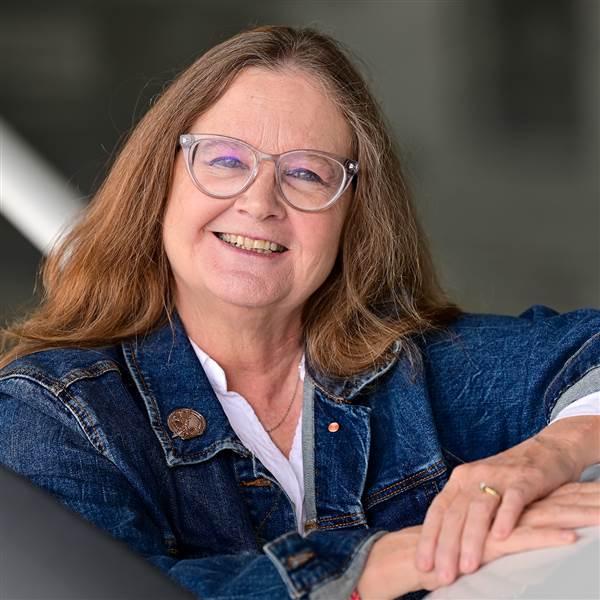Pilots who sound like Joe Cool on the radio have my undying admiration. Their delivery sounds so effortless—and likely it is, for them. But my allegiance lies with the pilots who sometimes stumble on a call or during an exchange with air traffic control.
 When I learned to fly, Frederick Municipal Airport (FDK) in Maryland was nontowered—but still busy, with a very active flight school and lots of transient traffic. On a nice day, the common traffic advisory frequency would be buzzing with calls. Between the student pilots, the occasional friendly exchanges between local pilots, and nonstandard calls from pilots passing through, our chunk of airspace seemed like a safe zone for the occasional flub on the microphone.
When I learned to fly, Frederick Municipal Airport (FDK) in Maryland was nontowered—but still busy, with a very active flight school and lots of transient traffic. On a nice day, the common traffic advisory frequency would be buzzing with calls. Between the student pilots, the occasional friendly exchanges between local pilots, and nonstandard calls from pilots passing through, our chunk of airspace seemed like a safe zone for the occasional flub on the microphone.
That worked to my advantage, because it took me awhile to get the hang of talking while flying. I could’ve benefited greatly from the tutorial we published
in the March 2014 issue of Flight Training (“Walk the Talk”). The last call to fall into place was “Tampico Five-Five-Three-Seven-Two is on the 45 to the downwind to Runway 23.” It came out in several different versions before I finally wrote it out on a sticky note that I would read, like a script, while flying. I flew some more; I practiced with Comm1 Radio Simulator. Eventually I no longer felt as though I were about to recite the Gettysburg Address at a school assembly each time I pressed the push-to-talk switch.
Whenever I had to talk to ATC, however, the stammers returned with a vengeance. This, in spite of the fact that the controllers were always professional. Nobody ever called me out on poor technique, but they didn’t have to. I was my own worst critic. I hated the way I sounded; I hated the fact that my palms would start to perspire each time I had to talk to them. After I got my certificate, I found myself avoiding controlled airspace as much as possible. I would plan cross-country flights with routes that zig-zagged to remain clear of Class B and C airspace. (I could easily overfly Class D, and the call to let the tower know I was in the neighborhood wasn’t a problem.) Even earning an instrument rating didn’t help much.
Who knows how long I might’ve gone on like that? Likely forever, if it weren’t for the fact that in 2012, our busy airport got a control tower. (Insert sad trombone sound here.) Now I had to deal with my radio communications issues—or move my airplane elsewhere.
I felt like a student again, which isn’t a bad thing. Weeks before the tower opened, AOPA’s Air Safety Institute held a seminar for local pilots about the new order of business, and I was there. I wrote down the new call I would have to make to ground control before taxiing and practiced it daily. I reviewed the taxiway designations, which now and forever would be a vital part of our dialogue with the tower.
When the day arrived when I would contact our new ATC colleagues for the first time, I felt prepared—if not entirely comfortable—and my first transmission to the ground controller was coherent. So were subsequent exchanges with the tower. It got a little easier with each passing week. Finally, flying back to Maryland from Wisconsin this past summer, I realized I’d turned a corner when, skirting some bad weather, I called up Akron-Canton Approach to transit the Class C airspace rather than try to go miles out of my way to avoid controlled airspace entirely.
In hindsight, it’s ridiculous that I let
a sense of discomfort dictate the terms of my flying—and that it took an airspace change and the arrival of a tower to make me deal with it. Yet I know of other pilots who do the same thing. A distaste of the radio, uncertainty with crosswinds, fear of an unknown airport: They allow these issues to rob them of the full enjoyment of flying. Please don’t go down that airway. No matter what might be troubling you, find a flight instructor or a knowledgeable pilot friend with an empty right seat, and tackle it. I promise you it’ll be worth it.



